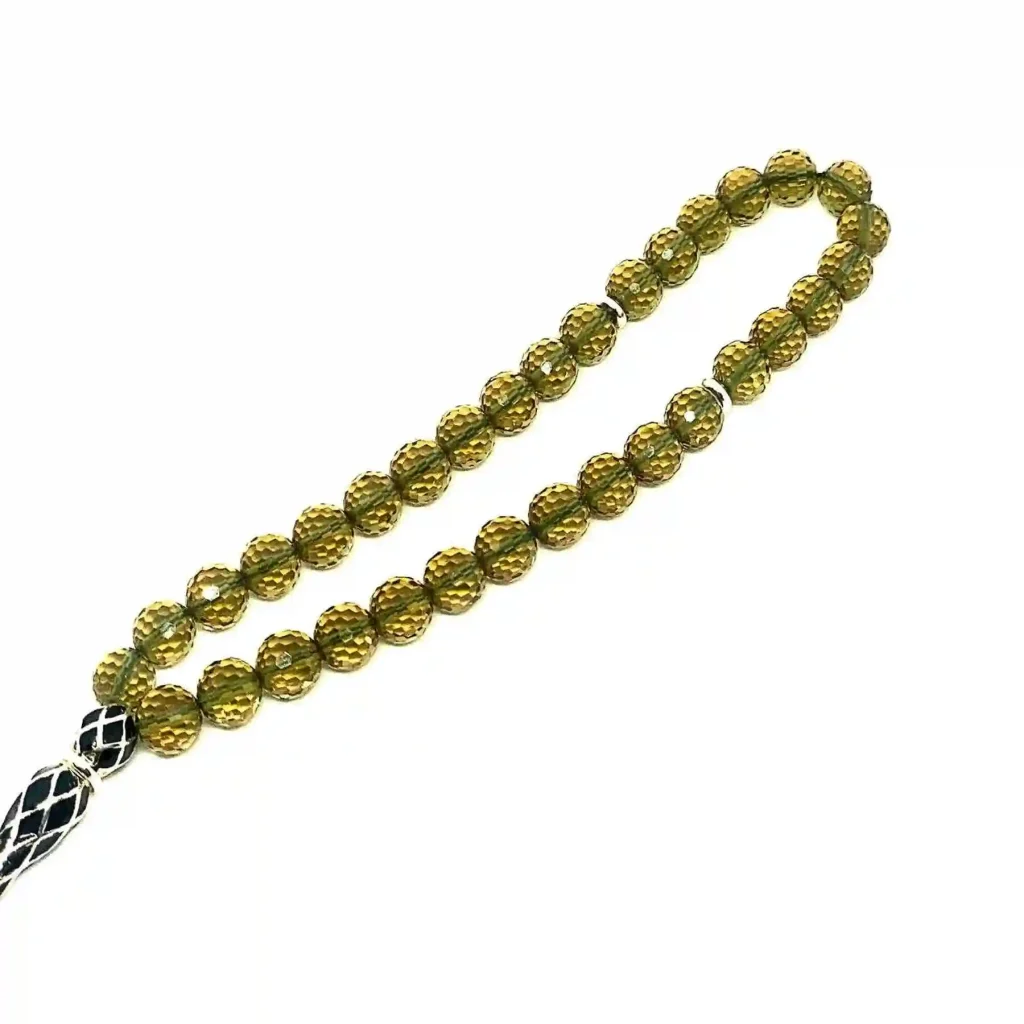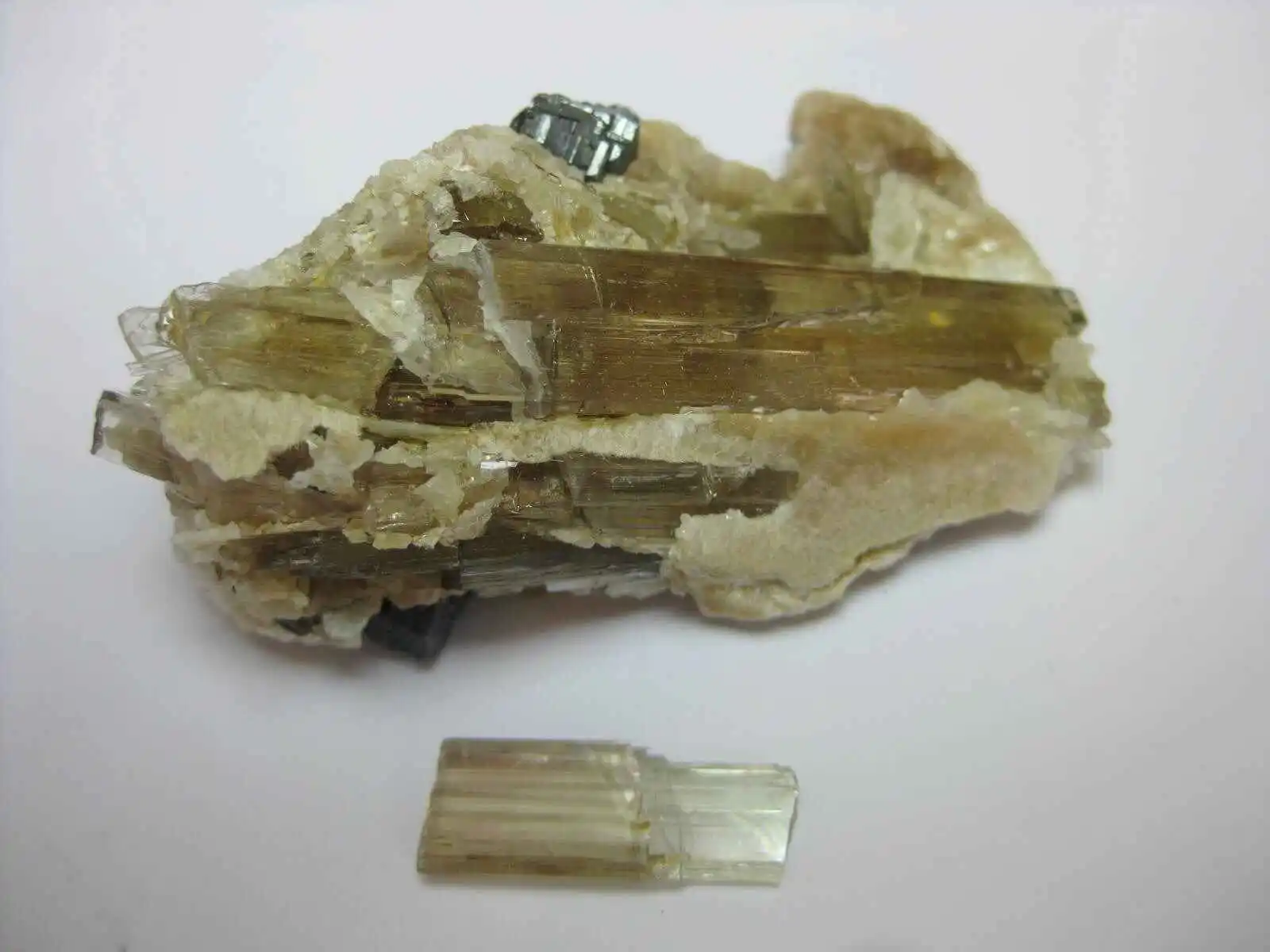Zultanite, a gemstone predominantly found in Turkey and Russia, has long been the object of fascination. It is a precious stone, not commonly found and takes ages to form. Zultanite is often used in accessories and is particularly favored by women. It is believed to have health benefits, positively impacting both the mind and body.
What Are the Benefits of Zultanite?
The benefits of Zultanite include:
- Alleviating bodily pains.
- Accelerating brain and mental activities.
- Serving as a support in the treatment of psychological disorders.
- Believed to have an antidote effect, it is speculated to have been used for this purpose in ancient times.
What Is Zultanite Used For?
Those who use Zultanite stones mostly prefer them in accessories.
The uses of Zultanite stone include:
- Clearing mental fog, aiding in clearer thinking.
- Enhancing communication, thus having a positive effect on relationships.
- Reducing stress, aniety, and sadness.
- ispersing negative energy and promoting the spread of positive vibes.
- Its calming and soothing effects help reduce tension.
- Boosting self-confidence and overcoming insecurities.
- Helping individuals and their environments to harmonize.
- Believed to strengthen bonds and love between people.
- Its ability to change color when in contact with light and its availability in multiple colors are believed to signify strong energy, uplifting the ambiance it’s placed in.
What does Zultanite Mean?
The meaning of Zultanite can be eplained as “the stone of sultans.” The name Zultanite traces back to the Ottoman era, derived from Sultan. Its popularity during those times was largely due to its elegant appearance. It is believed to influence the human spirit with its intense energy and allure, making it widely used.
What Are the Characteristics of Zultanite?
The characteristics of Zultanite are as follows:
- It can be green, purple, brown, and pink. It changes color under sunlight and artificial light, making it one of the few stones in nature that can change colors.
- It is a medium-hard stone.
- Can be confused with Aleandrite due to their similarity.
- It has a cat’s eye feature because it changes color in the light.
- Unlike other natural stones, it is not associated with any zodiac sign or element in astrology.
- It has a shiny surface.
- It is not smooth.
What Are the Uses of Zultanite?
As a valuable stone, Zultanite is primarily chosen for accessories like tasbeeh, rings, bracelets, earrings, and necklaces.
- Zultanite Tasbeeh
- Zultanite Ring
- Zultanite Necklace
- Zultanite Earrings
- Zultanite Bracelet

How Can You Tell if Zultanite Is Real?
To determine whether a Zultanite stone is genuine, a loupe is necessary. ue to its unique structure, Zultanite has particles on its surface that are invisible to the naked eye. A thorough eamination with a loupe is essential. The presence of these particles, formed naturally during its formation, indicates the stone’s authenticity. However, Zultanite can also be synthetically produced using the same components, thus not considered fake but having lesser value than naturally formed stones. Such stones can be found in the market at more affordable prices. Price comparisons can easily differentiate between lab-created and naturally occurring stones. Yet, discerning the authenticity of a Zultanite stone can be challenging.
How Is Zultanite Cleaned?
For cleaning Zultanite, mild soap and water, cloth, brush, and tissue can be used. This stone is not challenging to clean and can maintain its original appearance if cleaned regularly. Although washing with soapy water is not harmful, using chemical cleaning products is not advisable. The stone can be purified by sunlight eposure or by burying it in soil.
